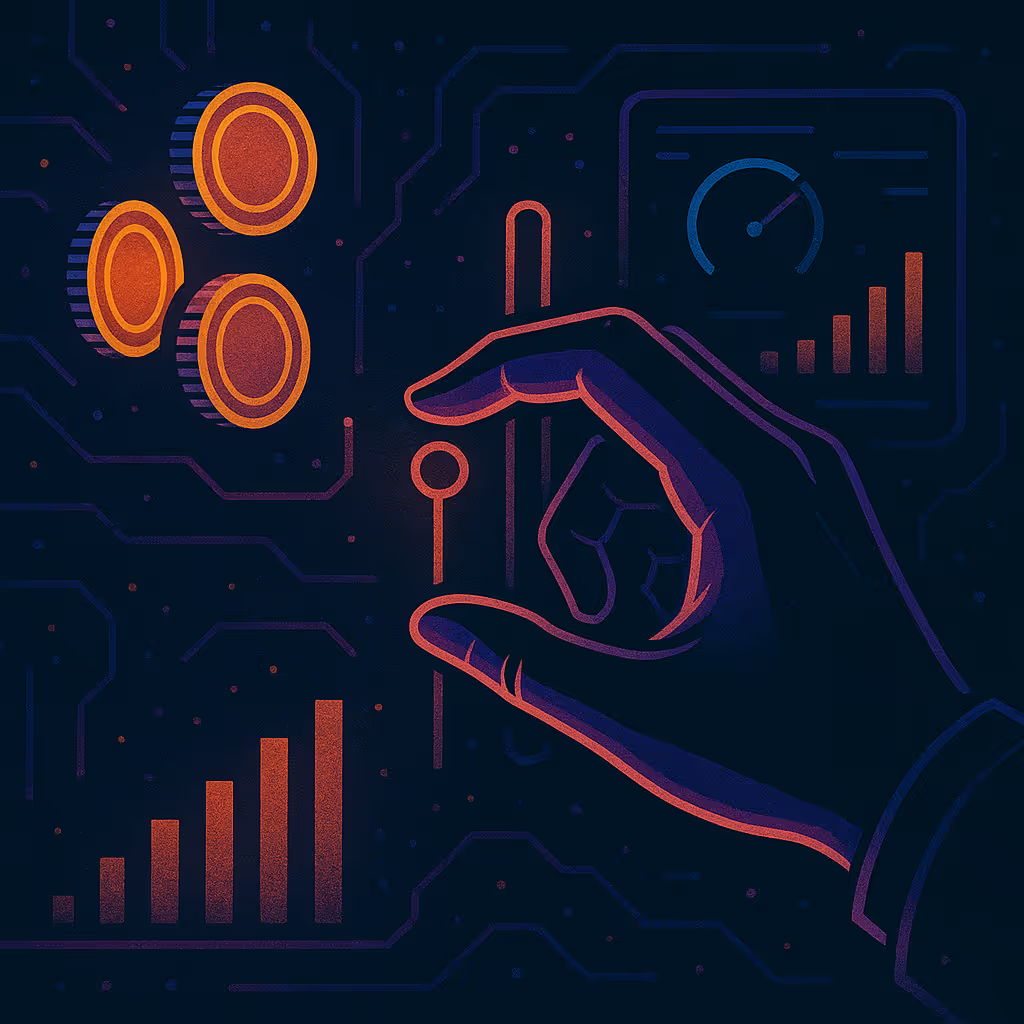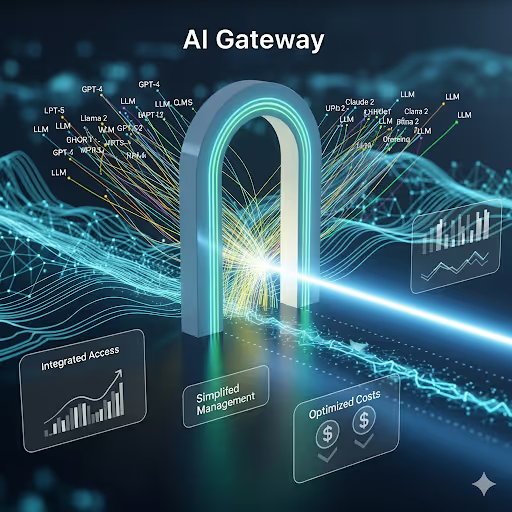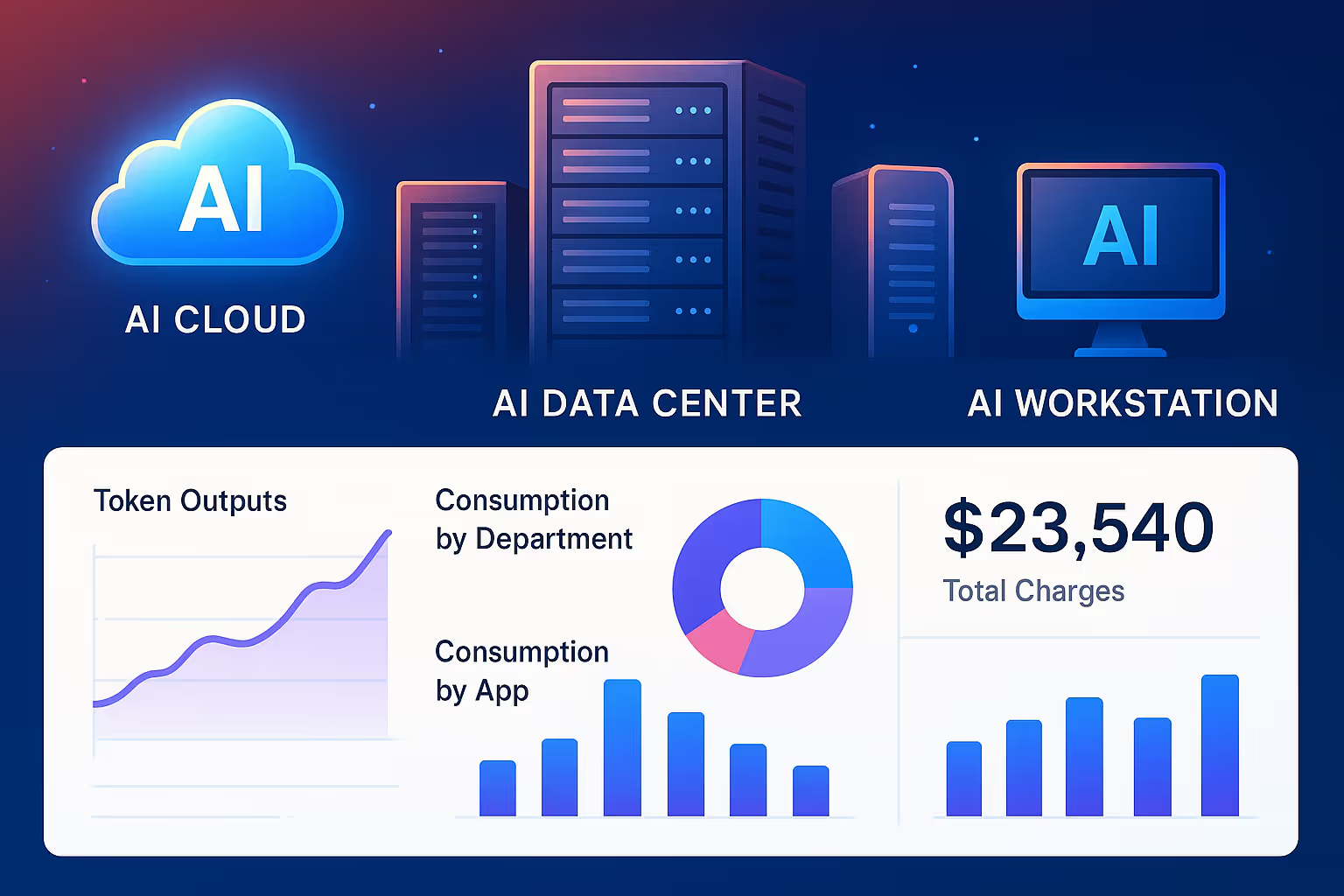“Every company starting out today would be crazy not to start with a utility and consumption-based model. Why? Because every customer wants it. As a CFO, I’ve been talking to customers for years, and I know everyone only wants to pay for what they’re using, myself included. I hate shelfware. Consumption is the direction everything is moving.”
- Mike Scarpelli, CFO, Snowflake
Ever since AWS launched its core services in 2006 with a free introductory tier, thereby removing all barriers to adoption, many across the technology industry have followed suit and extolled the virtues of usage-based pricing.
We, at Amberflo, envision a world of Usage-Based Pricing (UBP) where customers pay only for what they use. Customers like it and ask for it, and it has proven to drive the highest level of adoption and revenue growth for businesses.
Below, we expand on all 4 considerations Mike Scarpelli lays out for the path forward to UBP. Our experience in building and operating AWS services has proven these to be the foundational building blocks for a data driven approach to begin transforming your business to a usage-based business model.
- "How do you price a utility model?"
There is a lot to unpack in Mike’s first factor, and it is a topic unto itself. For one, how do you even begin to think about which product features or dimensions do you charge on? Good intentions or gut feel alone will not lead you to success with usage-based pricing. From experience, we know that the starting point to address this is by understanding where in your product your customers derive value. But before you can get a data backed bearing on that, you need to know how your product is being used. While you may have a gut level view about this but you will be amazed at what the usage data reveals. To be precise, Who uses what? When? How much of it? For how long? How does it trend? This is just the starting point of the life cycle of usage metering. And once put in place correctly, is the sure shot way to lead you to the value metrics of your products.
Your UBP decisions need to be data-driven. And in a utility model such as UBP, that data comes from Meters. Metering is the foundational building block of UBP that enables you to instrument applications and services for usage, independently of pricing and billing. Metering is the high-order bit in a usage-based business model.
To get pricing and billing right, you first must get metering right. Metering every relevant and measurable aspect of your application, service or product, independently of pricing and billing, will help you analyze usage and make data-driven strategic decisions, leading to a virtuous cycle of continuous improvement and optimization of pricing plans for margins and customer satisfaction.
There is tremendous intelligence packed in raw metered usage data. The insights you gain from analyzing it will help you shape and fine tune your UBP models, and impact price in a positive, win-win manner. Our steadfast view is that you cannot back your way into metering from billing. Metering cannot simply be a line item feature of a billing app. Metering is the way forward. Metering is the Platform. Metering delivers the System of Record (SoR) of Usage and Consumption data, which then serves as the Single Source of Truth and feeds other applications of which pricing and billing is one. Then and only then can you begin to inform your optimal data-driven customer facing pricing plans.
Ben Newton, a fellow ex.AWS colleague, and a thought leader and proponent of Product-Led Growth (PLG), outlines a good example. Say, you are a PaaS company, and one of the cost vectors of your product is storage. It would then make sense to charge your customers based on metered storage use, e.g., per GB/hr of storage used. However, if your product is search oriented, the value your customer derives is not only from uploading data (GB/hr) but on the search queries and results (payload) returned. You may then want to consider your usage-based charge vector on number or types of queries vs. storage, or a hybrid. Nonetheless, you need to meter (instrument) both storage and number of queries (and maybe even the type of queries e.g. size or range of data scanned, duration, etc.) to continuously monitor, inform, and optimize your pricing strategy.
Deploying Metering, ahead of and independently of pricing and billing, will give you the insights you need to put your UBP journey on the right path toward long-term success.
- “Revenue model transitions are extremely painful. How will you handle this transition?”
- “Do you have the right processes and systems in place internally to handle the change? This is where a lot of companies will fail because there aren’t many systems that can handle these new requirements.”
Combining Mike’s second and third points, it is reasonable to assume that a shift to usage-based pricing is transformative for the enterprise at all levels.
When business models shift, underlying systems and technologies have to shift with them.
It is not about simply coming up with a pricing plan. Operating a usage-based business model is fundamentally different from a traditional subscription model. In fixed subscription models, there are up-front costs, contracts, commitments, and lock-ins, e.g., 100 users at $100/month for 12 months, equates to $120K in ARR, and is all collected upfront. In a usage-based model, you’re operating in an “always-on” mode of pay-as-you-go and customers can dial up or down their usage at any time. This is a fundamental shift in business operations. Fixed models do not require the level of usage metering and instrumentation that usage-based models do. In fact, subscription models, because they collect money upfront and have a locked in time horizon, actually disincentivize putting any kind of usage instrumentation. The business model simply does not need it. The money has been collected. The customer has been committed. It is a completely different kind of sales to value motion.
Meters are matters of fact! They are the core of your UBP system. Once you start capturing metered data, they become your System of Record (or Single Source of Truth) for usage.
Meter records need to be treated as such - as facts! They cannot be destroyed or lost. They also cannot be double counted (or not counted at all). They must be deduped, idempotent, handle late arrivals, persist in immutable form, maintain an audit trail through every step of an applied transformation and enrichment, and the entire metering system needs to be fully redundant, fault-tolerant, highly available and scalable.
Werner Vogels, CTO of Amazon is famously quoted as saying that in a cloud, distributed system “everything fails all the time”. This is not about a reflection on poor workmanship, it is just the nature of the beast. Most cloud resources tend to be ephemeral, on demand, elastic, etc. and any component can fail anytime. Therefore, you have to architect for disruption and system/component failure. What happens when something fails in your usage metering instrumentation system? Is it designed for redundancy, non blocking - so meter records can continue to be ingested, no data loss and full data recovery, auto system recovery? It needs to be.
- “Data presents a huge challenge. Data is becoming so critical, and the faster you have accurate data, the faster you can act upon it.”
Mike’s fourth, and final point, should hardly be a surprise to anyone.
Customer trust is hard earned, and easily lost. One outage event with data loss or short of full recovery in a timely manner, resulting in any form of inaccurate invoice can erode the trust and dent your reputation that has taken years to build, or if you start off on the wrong foot, you may never be able to earn that trust. It is important to get metering right. One of the hidden secrets behind the unrelenting success of AWS is categorically because they got Metering and Billing right from the get go. Initially, customers were highly skeptical of the usage-based business model but accuracy, visibility, and transparency into usage metrics earned customers trust and resulted in en masse conversion to UBP.
Once you ingest the usage data into the metering platform in the cloud, you should expect all the virtues of the cloud to come along with it -- mission critical uptime, scalability, durability, reliability and cost-effectiveness.
A modern, cloud-native metering system should provide a standardized metering interface across your technology stack, deliver accurate results, is cost effective, and fast, so you can take proactive actions w.r.t. changes in customer’s usage patterns.
BONUS: Mike drives the previous point home on the value of capturing data that’s relevant and easily accessible to your enterprise, in real-time, to drive analytics and decision making, by stating, “When you can run analytics and pull data quickly, it allows you to make truly real-time decisions within a quarter and course-correct when needed, ensuring you have the right outcome on your financials at the end of the quarter” and “In my life, I’ve never been at a company where we’ve re-forecasted revenue on a daily basis by customer. Now I do, and I can see our customers in real time.”
Usage-based pricing is about as close as you can come to value-based pricing. Most define value-based pricing as the strategy of setting prices based upon a customer’s perceived value of the product in question. But, as an enterprise, getting insights into your customer’s perception of the value of your product is as much an art as it is a science, and it is not easy to translate that into a price. Usage-based pricing on the other hand takes that ambiguity and stumbling in the dark out of the equation. Usage data does not lie.
Real-time usage data and insights on your customers' use of your products and features, delivered by a metering system purpose built and designed from the first principles of cloud computing to serve as the single, trusted source of truth for usage, is the way forward to sustained long-term success with Usage-Based business models, delivering the highest levels of revenue and product adoption.





.svg)

